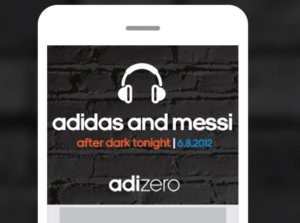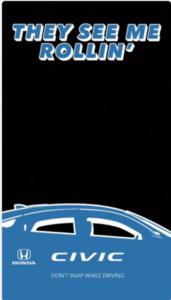Every day I receive dozens of emails and other messages from various companies either offering me a variety of deals or encouraging me to connect with site content. These emails are intended to cultivate my excitement and engagement, and the strategy undeniably works on some demographics. But for one important group—a group of which I’m a part—the effect is more of annoyance than of excitement.
Yes, I’m talking about millennials.
These uninvited messages are not only a burden on my inbox, but also a hassle to cancel—and usually aren’t even relevant to me as a user. Instead of driving conversions, these campaigns generate resentment between company and consumer.
Millennials are a trillion dollar market and are predicted to be worth 8 trillion dollars come 2025. Having a successful strategy in place to market to millennials is vital to a company’s success. Previously, we have explored effective strategies to use when marketing towards millennials. This article highlighted important trends and desires of millennials:
- Millennials want quick, seamless and direct access to content.
- Millennials are significantly more likely to buy or download a product when referred by a friend.
- Millennials are more intrigued by products that have a personal feel.
These insights are essential to the architecture of any marketing campaign, but what do they look like when used in practice? And what are the best types of campaigns to employ when marketing to millennials?
What Does a Successful Millennial Marketing Campaign Look Like?
One of the most successful mobile campaigns in recent history was Adidas’ “Light You Up” Campaign. Thousands—including many from this critical millennial demographic—showed up at Penn Station to view a promotional light show coordinated by Adidas. How did they accomplish this? Adidas placed smart banners connecting people directly to details about the event on its mobile app for users in a three-mile radius. These smart banners gave millennials the direct access to content that they crave. Furthermore, unlike emails, they also allowed a display that was intriguing and generated interest without being intrusive.
The banner looked like this:
Branch powers a very similar user experience through our Journeys smart banners, and—like Adidas—our partners have seen a significant increase in user engagement and experience. The mass production of ads can still work on millennials, but only when implemented on the correct platforms and delivered in an effective way.
Another successful campaign targeted at millennials was run by Honda for its Civic model. What did they do? They started with a Snapchat filter that promoted the Honda Civic brand through sharing amongst friends. Honda also produced sponsored videos on Instagram and hosted takeovers of the BuzzFeed and IGN networks.
The filter looked like this:
Honda’s campaign ultimately succeeded thanks to its shareability. Shareable content is a vital factor in marketing campaigns directed at millennials, and the Snapchat filter Honda generated ultimately allowed them to enhance brand recognition without being overtly forceful with their advertising scheme.
The cost of a Snapchat filter may not be feasible for most companies or developers, but there are many ways to create shareable content. One of these is the referral system offered by Branch. Referrals render content shareable while also encouraging distribution by rewarding users who successfully refer friends. In a case study with “The League,” we found that our referral system caused users to be two times more engaged and 31% more likely to convert when referred. These shareable campaigns are the key to organic growth because the user does the marketing for you.
What Can We Learn?
As a millennial myself, I can tell you what doesn’t work: any mass marketing scheme that contains random links leading to random unknown content. Strategies employing such links are too impersonal, and we simply won’t care. At best, we will ignore your campaign. At worst, we will unsubscribe.
The two campaigns featured above were successful not because they persistently forced their way into the lives of millennials, but because they presented their products directly and relevantly. The content was neither overly aggressive, nor unwelcome—instead, Adidas and Honda blended into existing platforms to enhance their prevalence in millennials’ daily lives.
As you probably know (and perhaps have experienced), millennials do not enjoy being told what to do. A mass messaging campaign or an advertisement that interrupts my streaming is the equivalent of my mother telling me to make my bed or eat my vegetables. These schemes have not worked in the past, and will continue to not work.
Instead, success will come from advertising that is shareable, readily available, and personable. It is imperative that these values permeate a marketing strategy, and that the right tools are used to bring such strategies to life.
























